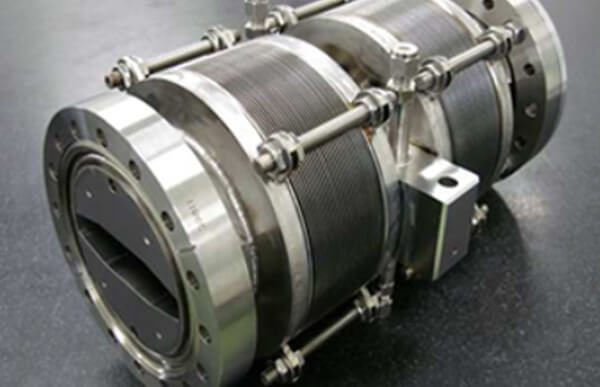
Bonding (Brazing/Welding)
What is brazing?
Brazing is a bonding method of joining either various metals or ceramic materials together by melting a brazing filler material to create the bond. This filler has a lower melting point than the materials bonded.
What Can Brazing Achieve?
Preserving Base Material Properties
Unlike welding, brazing avoids melting of the base materials, preventing mechanical degradation due to heat effects.
Material Versatility
Achieve bonds between materials that are challenging for traditional welding, such as metal-ceramic combinations.
Flux-Free Processes
Utilizing vacuum or controlled atmospheres, we eliminate impurities for cleaner, stronger bonds.This enhances the quality of the bonds, as the filler metal flows smoothly, resulting in increased strength and aesthetic appeal of the joints.
High-Volume Production
Our furnaces support simultaneous processing of multiple parts, ensuring consistent quality and efficiency.
Time-saving
Brazing reduces shorter overall process time, as post-processing is rarely needed. (In contrast, welding requires the removal of the excess bead.)
Minimized Distortion
Uniform heating and cooling reduces stress and distortion compared to localized welding techniques.
What is Hot Pressing (Diffusion Bonding)?
Hot pressing involves applying heat and pressure to a target material to achieve bonding, sintering, or forming. Hot press systems come in various configurations, including bonding-specific and sintering-specific types. The choice of equipment depends on the intended application and material requirements, ensuring optimal results for each project.
What Can Diffusion Bonding Achieve?
High-Quality Joints
Diffusion bonding is performed under high temperature and high pressure conditions, allowing materials to diffuse at the atomic level. This results in the materials being tightly bonded and unified, achieving high-quality bonding.
High Strength and Durability of Bonds
The bonds formed by diffusion bonding are strongly bonded due to atomic diffusion. Depending on the base materials used and the surface condition prior to bonding, very high strength and durability can be achieved, ensuring stable performance even under high loads or harsh environments.
Capable of Bonding Complex Shaped Parts and Materials
Diffusion bonding involves bonding the entire contact surface, making it suitable for bonding products with complex internal flow paths or hollow structures. This technique allows for the bonding of various shapes of materials, such as precision components and laminated structures.
Wide Material Compatibility
Unlike welding, difusion bonding can be performed between difficult-to-join dissimilar metals and between metals and ceramics. It is applicable across a broad range of fields, including dissimilar material bonding and the production of composite materials.
Strengths of MTC’s brazing
Experience × Expertise = Proven Results
- We maintain a vast database of thousands of bonds data, including from both our domestic and international operations.
- Extensive experience in high-quality processing in critical sectors such as nuclear, aerospace, and electronics.
- Through simulation, we understand shape and structural changes before processing begins, which can then be applied to the manufacturing process.
- We provide advanced pre-processing analyses such as stress analysis, heat conduction, bond surface analysis & observation , and strength verification at both room and high temperatures.
High Quality
- A robust post-bonding quality assurance system (including helium leak tests, UT tests for bond conditions, microstructure observation, strength tests, etc.).
- Comprehensive quality assurance covering equipment management, temperature control, and the maintenance of special processes.
- Nadcap certification obtained for our Shiga Himeji, and Toki plants, as well as our Chinese subsidiary, Sakagami Metal Research Institute (Suzhou).
- 7 certified First-Class Metal Heat Treatment Technicians, 94 Second-Class Technicians, and a total of 101 professionals (as of February 2022).
State-of-the-Art Equipment
- We possess vacuum furnaces with a maximum size of 2,000mm square and vacuum hot press machines with a maximum size of 1,200mm × 2,200mm, enabling the bonding of large-area and oversized components that are challenging for other companies.
- Our equipment is specifically designed to apply uniform pressure across the entire bonded area, ensuring consistent quality for large-area bonds.
Brazing/Diffusion Bonding processed examples
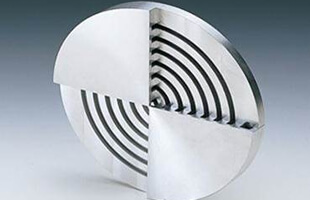
Gas turbine honeycomb seal Ni brazing
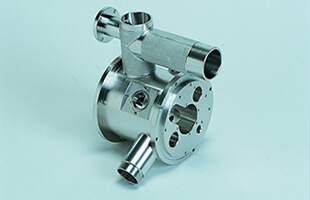
Optical equipment Ni brazing of SUS
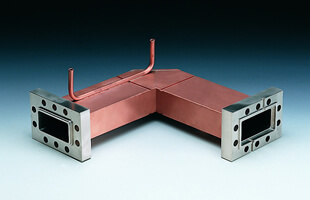
Waveguide Ag brazing of SUS and Cu
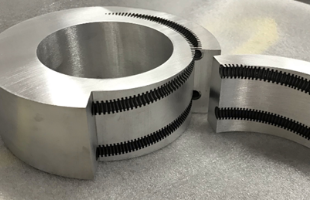
Brazed cooling plate Aluminium alloy
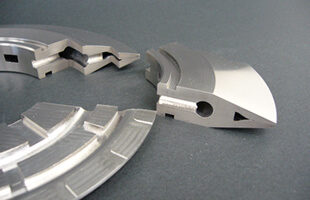
Diffusion bonded Titanium part with a hollow structure
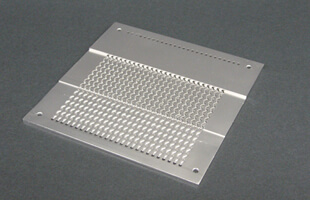
Diffusion bonded heat exchanger plate Ni alloy
Contact us! We offer various solutions based on our extensive experience and metallurgical knowledge to meet your needs.
CONTACT
What is welding?
Welding is a fabrication or sculptural process that joins materials, usually metals or thermoplastics, by causing fusion, which is distinct from lower temperature metal-joining techniques such as brazing and soldering, which do not melt the base metal. Heat or pressure, or both are added to produce a weld. If needed, appropriate materials are added to aid or support the weld.
Capabilities Achieved Through Welding
High-Strength Joints
Welding enables the creation of highly robust joints by fusing materials into a unified structure. This makes it widely used in the manufacturing of structures and machine components that require exceptional strength.
Joining Diverse Materials
With various welding methods available, it is possible to join different types of metal materials, broadening its application scope.
Suitable for Large Components
Welding is also ideal for joining large components or thick plates. Depending on the welding process, it ensures uniform joints across the entire material, enabling the production of strong and durable products.
Seamless Integration
Welding fuses components into a single unit, eliminating seams. This not only enhances the strength and durability of the materials but also improves properties like airtightness and waterproofing.
Automation and Robotics
Welding processes can be relatively easily automated or performed using robots. Automated and robotic welding are particularly suitable for mass production and the manufacturing of standardized components, ensuring high productivity and consistent quality.
Welding Services Available at MTC
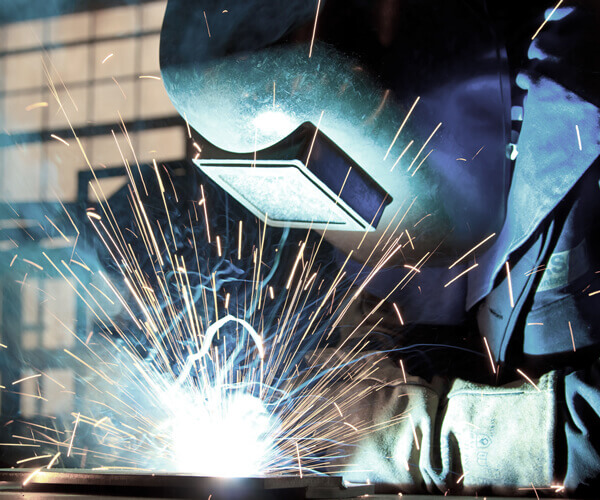
Equipment examples
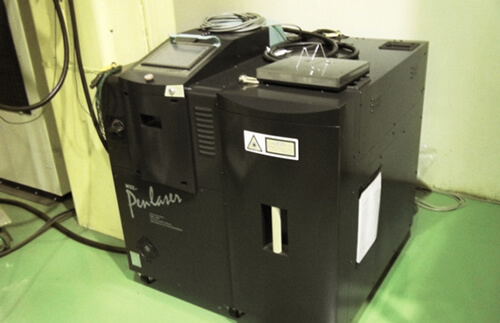
Laser welding equipment
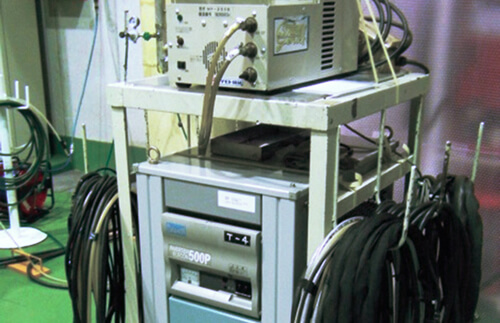
TIG welding equipment
Example welded products
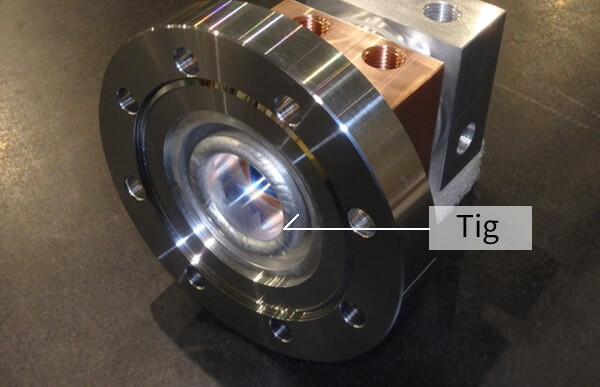
Tig welding
